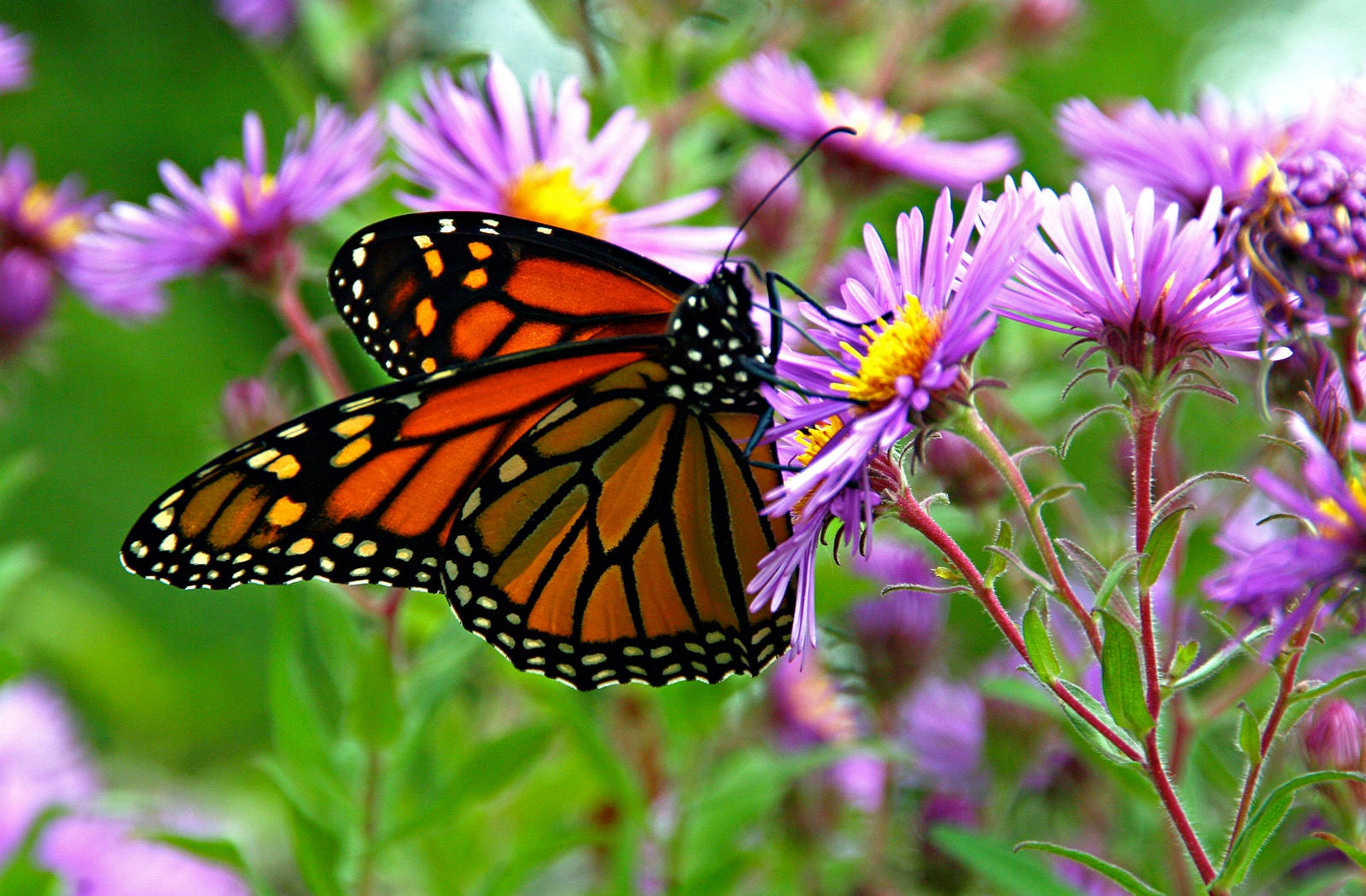Migratory monarch butterfly habitat to grow in Cape May County

(Photo: Liz West via Wikipedia/Creative Commons)
Volunteers will soon create a habitat for migratory monarch butterflies in Cape May County.
The Cape May Maritime Museum is partnering with government agencies and groups to create the habitat at Sunset Beach in Lower Township, museum representative Kevin Maloney said in a release.
Maloney says the project’s initial phase — including the planting of over 1,200 native plants that monarchs need to survive — will begin shortly.
When done, the site will host native plants, trails, and educational kiosks that demonstrate monarch tagging and the butterfly’s importance, he said.
The project, a cooperative effort, is bringing together a host of volunteers.
“Rutgers’ University Master Gardeners, headed by Evelyn Lovitz, volunteered to design the gardens. Joseph Rizzuto, Cape May County Municipal Utilities Authority executive director, championed the successful donation of topsoil, and Michell Nichols Excavation delivered the material,” Maloney said. “The New Jersey Department of Environmental Protection will provide the grading of the area, Boy Scout Troop, under the direction of Councilman Tom Conrad, will assist with planting. Larry and Michelle Hume and the Sportsman’s Club have volunteered to assist with irrigation.”
The project is important due to the species’ decline and the area’s strategic stopover for the 3,000 mile migration, the museum representative said.
In September 2014, Sarina Jepsen of the Xerces Society, one of the three conservation groups petitioning the federal government for protected status, told Newsworks that the monarch populations counted at wintering sites in Mexico have declined by about 90 percent in 20 years.
The causes, she says, are a loss of habitat and the decrease in available milkweed, the monarch caterpillar’s only food.
Population numbers recorded over Cape May were unusually low in 2013, but have fluctuated widely over the past two decades.
Cape May Bird Association’s Chris Tonkinson hypothesizes that is because a main factor hurting monarchs worldwide isn’t as big of an issue here: the killing of milkweed plants by herbicides in Midwestern farm country.
“The monarchs that have made their way to the upper Northeast, as they come down the East coast they’re not as exposed to that big agriculture phenomenon,” Tonkinson said, “So there’s a lot more habitat and milkweed for them comparatively.”
Last June, Seaside Park dedicated a butterfly garden along the Barnegat Bay.
————————————————————————-
Newsworks’ Carolyn Beeler contributed to this report.
WHYY is your source for fact-based, in-depth journalism and information. As a nonprofit organization, we rely on financial support from readers like you. Please give today.

